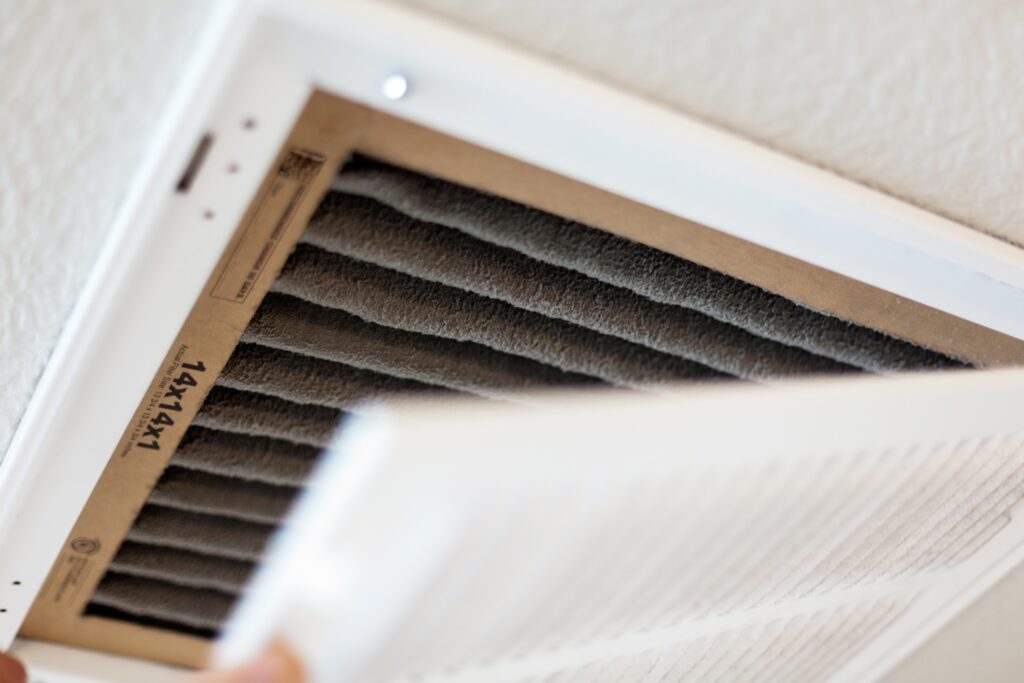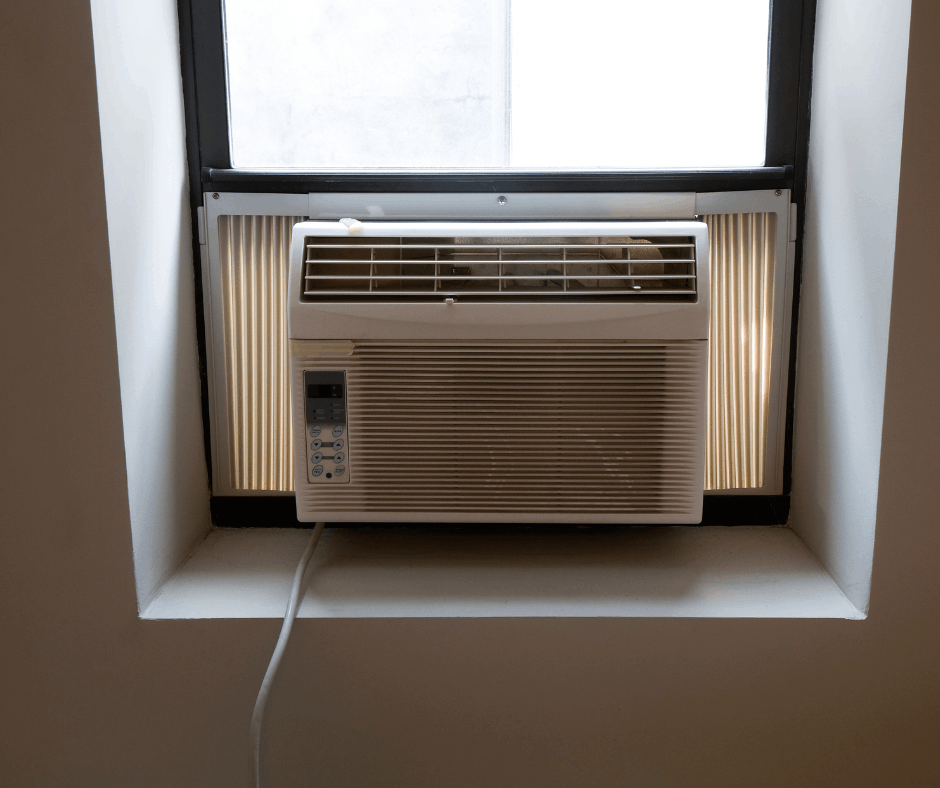Life in the Midwest means hot and humid summers, and this excess moisture in the air makes for a perfect mold breeding ground. That’s why it’s critical for homeowners in West Chicago and the surrounding areas to prioritize regular AC maintenance, as this can help reduce your risk of mold-related indoor air quality issues that can put your health and safety at risk.
In this article, the HVAC pros at Blue Frost Heating & Cooling discuss how homeowners end up with a moldy air conditioner, along with HVAC mold symptoms and next steps.

Blue Frost Is Your Local HVAC Expert
At Blue Frost, your comfort and safety is our business. That’s why we offer comprehensive AC and indoor air quality services from highly trained technicians. With nearly 50 years of industry experience, our business has stood the test of time with transparency, honesty, and integrity at the core of our work. Trust our team to provide you with innovative solutions and unmatched expertise.
How Does Air Conditioner Mold Start?
Homeowners may experience mold in their AC when the system has moisture buildup. While your AC pulls moisture from the air, it can become overwhelmed in the Midwest humidity or may have a malfunction that causes the system not to drain properly.
The most common causes of air conditioner mold include:
- Clogged condensate drains: A blocked condensate line or pan will overflow and can trap water in your AC, leading to mold growth.
- Ductwork issues: Leaking or dirty ducts can lead to excess moisture and organic matter that serves as food for mold spores.
- Poor ventilation: If your system isn’t circulating air properly, areas can become damp and stagnant, causing moisture to linger.
- Neglected maintenance: Reduce your risk of mold with routine cleaning and inspections from a professional.
Signs There May Be Mold In Your Air Conditioner
Exposure to mold is harmful to your health, which makes prompt action key for handling air conditioning mold. Call a professional if you’re experiencing:
- Visible mold on air ducts: Black, green, or white fuzzy spots on your AC or ductwork should be tested to confirm if mold is present.
- Dripping water: A leaking AC system is overwhelmed with water and could likely have a clogged condensate line that may also cause mold growth.
- Musty odors: This odor comes from mold-contaminated components and smells earthy when your AC runs.
- High indoor humidity: Excess humidity inside your home allows for mold to grow easily on cool surfaces like vents, ducts, and more.
- Respiratory symptoms: If you notice a sudden increase in allergy or respiratory symptoms, it may be due to mold spores that are circulating throughout your home.
What To Do About A Moldy Air Conditioner
Unfortunately, mold remediation is a complex task. Mold has deep roots and airborne spores, meaning surface-level cleaning will not keep it from coming back. Instead, improve your indoor air quality and remove mold by:
- Scheduling duct cleaning services
- Having mold professionally removed
- Installing a whole-home dehumidifier
- Prioritizing AC maintenance
Restore Your Home’s Comfort and Safety with Blue Frost
Don’t let mold in your AC negatively impact your comfort and health. Instead, turn to Blue Frost for expert HVAC services that support moisture balance throughout your West Chicago home. Our family-owned and -operated business provides exceptional customer service from licensed and insured technicians 24-hours a day. Plus, we offer a lifetime warranty on repair parts as long as you continue your annual maintenance with our team.
Contact Blue Frost today to discuss how to best remove mold from your air conditioning system.





